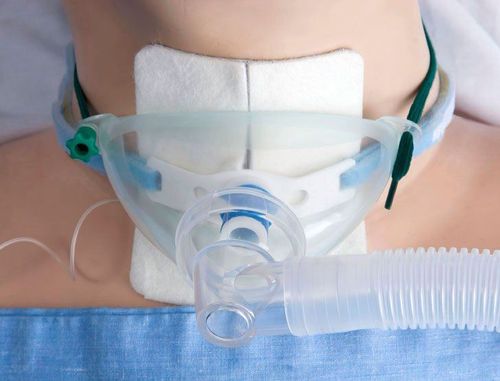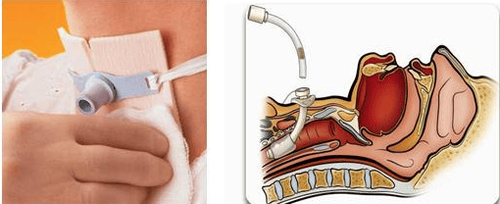This is an automatically translated article.
Modern medicine has researched many methods to treat laryngeal stenosis scars, endoscopic laryngotracheal stenosis is one of them. According to research data to evaluate the effectiveness of scar treatment methods for laryngeal stenosis, this technique has a fairly high success rate. Thus, it can be seen that endoscopic laryngotracheal stenosis surgery is a widely applied, safe and highly effective treatment method for patients.
1. What is laryngotracheal stenosis endoscopic surgery?
To learn what is endotracheal stenosis? Patients need to know well information about laryngeal stenosis scars. This is a common disease in the process of ear - nose - throat emergency. Scarring of the larynx is a common complication due to scarring of the larynx or trachea, which narrows the airway diameter.
Laparoscopic laryngotracheal stenosis is one of the methods of treating laryngeal stenosis scars. Doctors will cut the stenosis with the aim of obtaining an appropriate laryngotracheal aperture, and then choose through a tracheostomy or a natural opening (sometimes a combination of both openings). ) to place a continuous catheter in the lumen of the larynx.
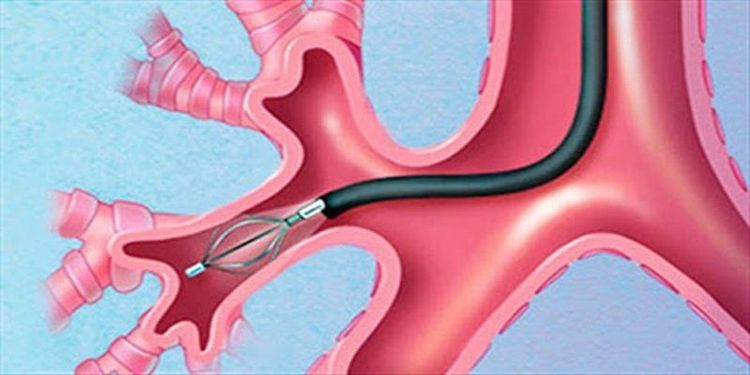
Phẫu thuật nội soi nong hẹp thanh khí quản có thể gây ra sẹo hẹp thanh khí quản
2. Indications and contraindications for laryngotracheal stenosis endoscopic surgery
2.1. Indications for laryngotracheal stenosis endoscopic surgery
Scar treatment of laryngotracheal stenosis is classified as one of the most complex treatments in the field of otorhinolaryngology. The doctor will depend on the specific medical condition of the patient to choose a treatment method. Laparoscopic technique of laryngotracheal stenosis is indicated in the following cases:
Scars of severe stenosis of the trachea. Severe narrowing of the glottis. Severe, incomplete scarring of the glottis or subglottis.
2.2. Contraindications for laryngotracheal stenosis endoscopic surgery
In addition to the indicated cases, the endoscopic laryngotracheal narrowing surgery method also has the following contraindications:
Because the doctor will use the natural route to place a continuous dilator into the heart of the patient. larynx, so if it jeopardizes the patient's spontaneous breathing, this method of treatment will not be chosen. If the patient has serious medical diseases, blood diseases, decompensation, brain loss (vegetative life), end-stage renal failure. In cases where the patient cannot quickly and easily remove the dilator, the doctor will not recommend this method of treatment. To ensure that the scar tissue is stable and the lining of the trachea heals, it is necessary to have a certain period of time to wear the dilator. If the patient meets this condition, the doctor will switch to another direction of treatment. In case the patient cannot tolerate general anesthesia.
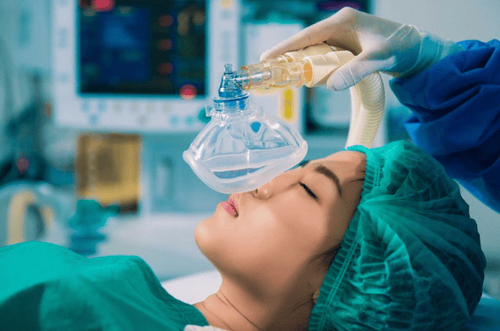
Bệnh nhân không gây thực hiện được gây mê toàn thân chống chỉ định thực hiện phẫu thuật
3. Steps to perform endoscopic laryngotracheal stricture surgery
The steps of endoscopic laryngotracheal stenosis surgery are, respectively, checking the medical records, examining the patient and choosing the right dilatation tube. Accordingly, there are many different types of expansion tubes from different types to sizes, however, the types of expansion tubes must satisfy the following standards:
Not too hard and elastic, ensuring the appearance of the condition. adhesion to the larynx mucosa; The dilatation tube does not cause an inflammatory reaction when left in the larynx for a long time; After a period of use, it will not change its physicochemical properties, affecting the patient's health; It is possible to widen the narrow site, ensuring a quick and complete recovery of the mucosa. In addition, the specialist will choose the appropriate type of dilatation depending on the location of the dilatation. The patient's position when performing endotracheal stenosis surgery is to lie on the back with the pillow under the shoulder and the neck straight, because this is a general anesthetic surgery.
Next, surgeons must be Ear - Nose - Throat specialists from specialty I or higher, who have received training in laryngeal orthopedic surgery. The techniques that will be performed during endoscopic laryngotracheal stenosis surgery are as follows:
Tracheostomy (when indicated). Through a tracheostomy or a natural opening to cut the narrow tissue in the larynx. When necessary, laryngotracheal dilation will be performed in the narrow position. Choose one of the two options (natural opening, laryngotracheostomy) to proceed with tracheostomy. Depending on the case, the doctor may combine both of the above-mentioned paths. In addition, depending on the narrow scar lesions, it is possible to conduct orthopedic laryngotracheal surgery. Check airway patency through the stoma or through the tracheostomy.
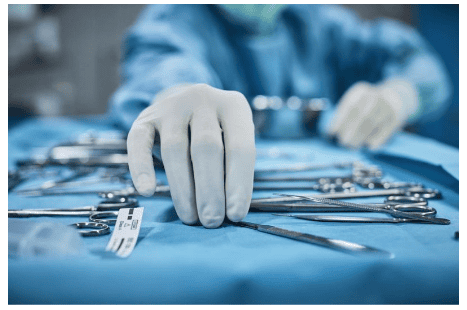
Phẫu thuật nội soi nong hẹp thanh khí quản là phẫu thuật gây mê toàn thân
4. Follow-up and care after endotracheal stenosis surgery
The dilator can be removed in about 2-3 weeks after surgery if used only to allow mucosal healing or to allow graft to adhere. Accordingly, if the dilator is used by the doctor as a fixed brace, it can be placed in the lumen of the larynx for 6 to 8 weeks. If the laryngeal cartilage is lacking and scarring around the dilator is present, it may be necessary to place the bronchoscope for more than 12 months.
Laparoscopic laryngotracheal stenosis is a highly effective method in the treatment of laryngeal stenosis scars. However, to ensure maximum effectiveness of this technique, patients need to choose reputable medical facilities for examination and treatment.
In addition to the endoscopic method of laryngotracheal stenosis, currently Vinmec International Hospital accepts treatment of laryngeal stenosis scars by many different techniques. The entire procedure is examined and performed by highly qualified technicians, with the support of modern machinery and equipment. After the procedure, the patient will soon recover to return to daily activities.
Please dial HOTLINE for more information or register for an appointment HERE. Download MyVinmec app to make appointments faster and to manage your bookings easily.





